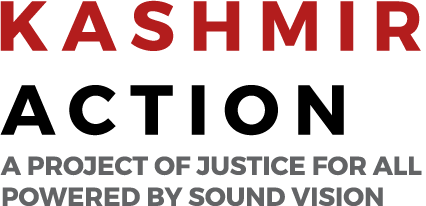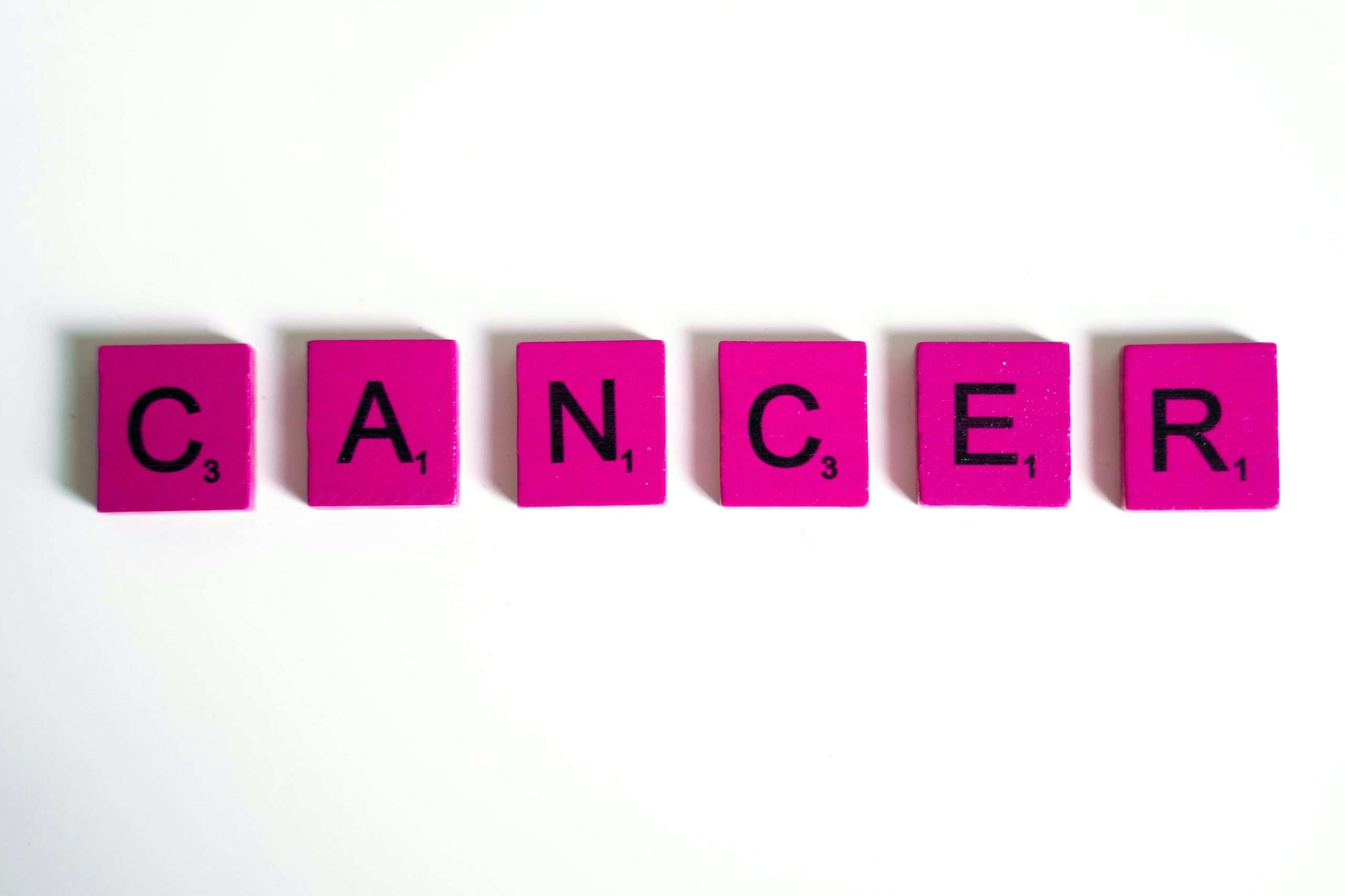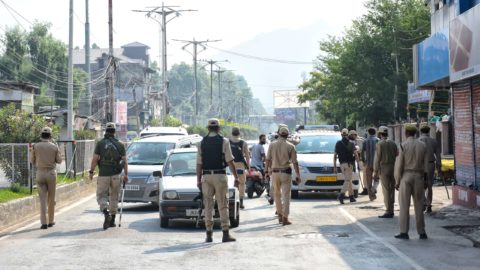The passage of India’s new Waqf Act has spotlighted the growing vulnerability of Muslim religious…
The Rising Cancer Incidence in Kashmir: Understanding Trends and Challenges
The cancer incidence in Kashmir is on the rise, particularly concerning lung, gastrointestinal, and breast cancers which are escalating rapidly.
In the past six years, Kashmir has experienced a remarkable 80,000 instances of cancer, reaching a peak of 14,112 cases in the most recent year. Approximately 1,700 cancer cases have been reported across Government Medical College (GMC), Srinagar, and Sher-e-Kashmir Institute of Medical Sciences (SKIMS), since January 2024. SKIMS, Soura, the largest tertiary care hospital in the valley, has registered 850 cancer patients this year alone. Common cancers in the region include lung, breast, ovarian, gastrointestinal, and leukemia.
Current Cancer Statistics in the Region
Between 2013 and 2023, SKIMS has recorded 44,112 cancer cases, while Shri Maharaja Hari Singh Hospital Hospital (SMHS) in Srinagar has documented 6,379 cases from 2017 to 2023. These figures underscore the scale of the problem, with a significant proportion of cancer patients receiving treatment at these hospitals.
However, there are challenges in accurately assessing these numbers. Many patients register at both SKIMS and GMC, Srinagar, leading to duplicated records. Moreover, non-functional radiotherapy machines at SKIMS have resulted in referrals to GMC for radiotherapy, potentially skewing patient numbers.
Factors Contributing to Increased Cancer Rates
A study conducted in 2012 at SKIMS linked the increasing cancer rates to “dietary practices and lifestyle choices,” along with the consumption of foods high in salt content. Suspected carcinogens such as carmoisine and tartrazine, utilized as colorants in specific Kashmiri foods, spices, and sauces, have raised apprehensions regarding food safety. The issue of food adulteration and contamination, addressed by a High Court intervention in 2014, has become a mounting concern, with major corporations found to manufacture products containing harmful substances.
Global Trends and Local Observations
Dr. Abdul Hamid Samoon, an Associate Professor in the Department of Minimal Access and General Surgery at GMC Srinagar, noted that the global trend of increasing cancer rates parallels what is observed in Kashmir. Cancer occurs when cells grow uncontrollably and spread, forming tumors or invading nearby tissues and organs. This disrupts normal bodily functions and weakens the immune system’s ability to combat these abnormal cells effectively.
Understanding Cancer Development
He explained that the surge in upper gastrointestinal (GI) cancers, particularly stomach cancers, in Kashmir is largely attributed to dietary habits. While there is no definitive genetic cause, dietary patterns play a significant role in driving this increase. Additionally, colorectal cancers are on the rise, especially among younger individuals, which is concerning as cancers in younger patients tend to be more aggressive. Similarly, breast cancers show a significant increase, often associated with genetic factors and family history.
Role of Dietary Habits in Cancer Surge
In a research conducted between January 2016 to December 2020, gastrointestinal malignancies constitute more than one-third of the total number of malignancies across both genders. In males, stomach was the common site of malignancy followed by lung and colorectal region whereas in females most common sites were breast, colorectal, and stomach. Maximum number of cases were recorded in the age group of 60–69 years. Peculiar dietary habits particularly consumption of salted tea (called noon-chai in local language) by all sections of society has been hypothesized as a risk factor, however it has not been proven by any large study.
The research also mentioned that additional dietary habits, such as the consumption of pickled and dried foods, excessive intake of chili, and consuming hot food, have been suggested as potential risk factors for the high occurrence of gastric cancers in Kashmir. Similarly, a diet high in red meat coupled with low fiber intake and sedentary lifestyles are likely risk factors for colorectal cancers in the Kashmir valley.
Environmental and Occupational Influences
Dr. Iqbal Saleem, a Professor of Surgery at Government Medical College Srinagar, attributed the rise in cancer cases to changes in food habits and lifestyle. He pointed out the overuse of fertilizers and pesticides as significant contributors to cancer. The introduction of high-density apple crops has led to a threefold increase in pesticide use over the last 12 years, particularly in certain districts of South Kashmir. This exposure affects orchardists, potentially correlating with the incidence of cancer in these communities.
Moreover, Dr. Saleem highlighted the improvement in diagnostic and screening processes, leading to earlier diagnosis and treatment. This accessibility of medical facilities has resulted in a significant increase in patients seeking treatment.
Obesity Epidemic and Cancer
Dr. Arshid Rashid, an Associate Professor at GMC Srinagar, emphasized the growing incidence of obesity in Kashmir and its link to various cancers. Particularly alarming is the high prevalence of obesity among productive age groups, primarily males aged 15 to 45 years, exceeding the national average. He also noted increasing childhood obesity rates due to sedentary lifestyles, stressing the importance of awareness programs in schools and communities.
Identification of Cancer Risk Factors
Additionally, a senior oncologist at SKIMS highlighted various risk factors for cancer, including hormonal, hereditary, metabolic, and external factors like smoking, alcohol consumption, and dietary imbalance.
Health experts emphasized the importance of continued follow-ups for cancer patients post-diagnosis and treatment to detect and address any recurrence. They recommended balanced diets, regular exercise, stress management, and quality sleep as preventive measures against cancer.





